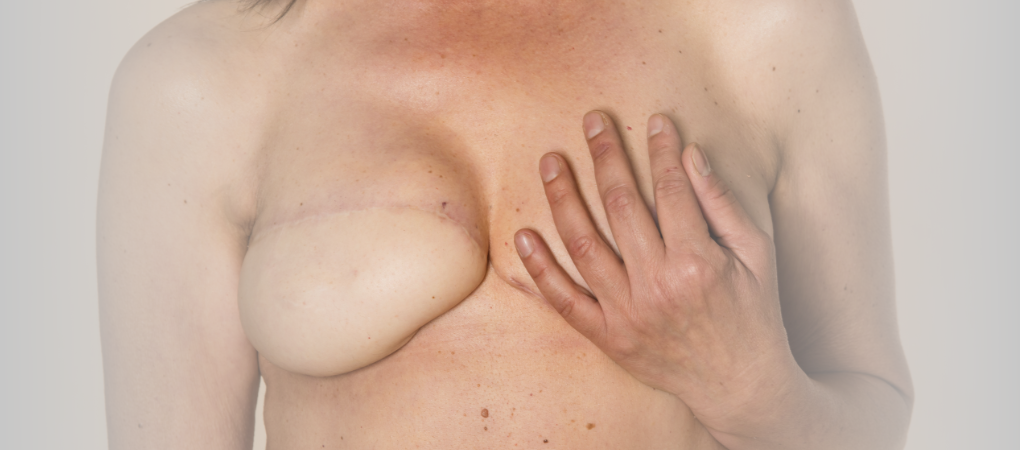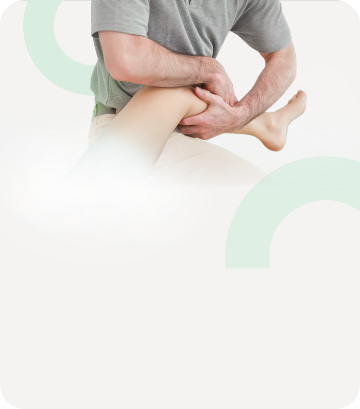Francesca Galiano
|
13/09/2022 - Last update 29/12/2022
Aurélie Lagrange, Damien Decoux, Nathalie Briot, Audrey Hennequin, Bruno Coudert, Isabelle Desmoulins, Aurélie Bertaut | Year 2019
Visceral osteopathic manipulative treatment reduces patient reported digestive toxicities induced by adjuvant chemotherapy in breast cancer
Pathology:
Postoperative chemotherapy in breast cancer
Type of study:
Randomized controlled trial
Date of publication of the study’:
2019/Oct/01

Purpose of the study
- Objective: to evaluate the effects of visceral OMT on the incidence of nausea/vomiting in women operated for breast cancer and undergoing chemotherapy as adjuvant therapy
- Measured outcomes:
- Primary: nausea/vomiting frequency of at least 1 grade according to the Common Terminology Criteria for Adverse Events v4.0 (CTCAE)
- Secondary: frequency of constipation of at least 1 grade according to the CTCAE and quality of life using the European Organization for Research and Treatment of Cancer (EORTC QLQ-C30) questionnaire
Participants
- Number: 94 women
- Criteria of inclusion: women of age > 18 years, operated for breast cancer stage 1-3, in complete resection, undergoing three cycles of FEC 100 chemotherapy (5-fluorouracil, epirubicin, cyclophosphamide intravenously)
- Criteria of exclusion: metastatic breast cancer, surgery with incomplete resection, diagnosis of digestive disorders/diseases, inability to tolerate antiemetic treatment
- Study groups: two groups obtained by randomization
- Group 1: visceral OMT, 54 women (mean age 57.5 years)
- 5 women abandoned the study while 13 did not meet at least one of the inclusion/exclusion criteria
- Group 2: superficial manipulation, 40 women (mean age 5.1 years)
- 3 women abandoned the study while 12 did not meet at least one of the inclusion/exclusion criteria
Interventions and evaluations
- Evaluation of nausea/vomiting and constipation according to CTCAE for 9 weeks (the duration of the 3 courses of chemotherapy)
- Evaluation of quality of life using EORTC QLQ-C30 at the time of the inclusion in the study and after each course of chemotherapy
- scores regarding overall health, nausea/vomiting, intestinal symptoms /constipation and diarrhea
- Evaluation of the drugs taken
- All women received a prophylactic antiemetic treatment
- aprepitant, intravenous ondansetron, intravenous methylprednisolone, metoclopramide pills, alprazolam pills
- 3 15-minute sessions of OMT or superficial manipulation, 1 after each cycle of chemotherapy
- Visceral OMT: deep thoracic fascia and diaphragm relaxation through thoracic compressions
- Superficial manipulation: superficial massage without affecting the deep fascia or the abdominal structures (the compressions have been performed with less force to avoid stimulating the diaphragm or the intercostal muscles)
- OMT performed by one certified osteopath
Results
- Primary outcomes: the OMT group reported a nausea/vomiting rate of at least grade 1 of 80.4%, while the control group reported a rate of 87.2%, but this difference was not statistically significant. The result was the same excluding the women who did not meet the inclusion/exclusion criteria.
- Secondary outcomes: the OMT group reported a rate of nausea/vomiting episodes of at least grade 1 of 47.1%, while the control group reported a rate of 61.5%, however, this difference was not statistically significant. The result was the same including the women who did not meet the criteria of inclusion/exclusion. With regard to quality of life, the overall health score remained constant throughout the study and similar in both groups. The nausea and vomiting score improved as the study progressed in both groups in a statistically significant manner. The score for constipation and diarrhea was higher in the control group than in the OMT in a statistically significant way, showing a better OMT action.
- Further analyses: there was no statistically significant difference in the use of medications to treat constipation or diarrhea between the two groups, although the control group showed a tendency to use a greater number of anti-constipation drugs.
Discussion
The nausea/vomiting rate reported in the study was particularly high despite the prophylactic antiemetic treatment (in any case the majority was of grade 1, ie, aversion to food), and also visceral OMT did not show an important reduction of these episodes. Similarly, visceral OMT does not appear to have improved quality of life in relation to nausea/vomiting.
With regard to constipation, however, although OMT did not lead to a significant reduction in episodes, it has improved the quality of life associated with it compared to the superficial manipulation (in fact this group made more use of laxative drugs).
The current result contrasts with other past results on the usefulness of massage and OMT in reducing nausea during chemotherapy: however, a number of differences (lack of description of the chemotherapy used, different types of tumors, different treatments) prevent a proper comparison of the studies.
Larger studies are needed, with better randomization, involving more osteopaths and evaluating OMT in a broader way.
The review of Osteopedia
By Marco Chiera
Strengths: Strengths: calculation of the sample size (number of people to be included in the study) on the basis of the foreseen nausea/vomiting rate and considering a dropout rate of 10%; description of the primary outcome and the secondary ones; statistical analysis applied according to both intention-to-treat (all people are included in the analysis) and per-protocol (excluding people who no longer meet the inclusion/exclusion criteria); evaluation and analysis of drugs taken in conjunction with treatment; in-depth discussion of various aspects of the study.
Limits: randomization could have been better executed by leading to two groups of equal number; lack of a precise description of the OMT performed, which prevents it from being well distinguished from superficial manipulation, as well as understanding whether it was an adequate treatment.

Are you an osteopath?
Register and enjoy the membership benefits. Create your public profile and publish your studies. It's free!
Register now
School or training institution?
Register and enjoy the membership benefits. Create your public profile and publish your studies. It's free!
Register now
Do you want to become an osteopath? Are you a student?
Register and enjoy the membership benefits. Create your public profile and publish your studies. It's free!
Register now







